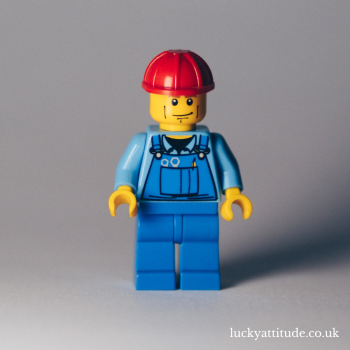Lone Worker Solutions: Keeping Your Trade Workers Safe

Construction businesses have a practical and legal duty to protect all of their employees, especially their lone trade workers.
Failure to adequately protect these individuals can result in a less effective workforce, not to mention a range of legal repercussions.
That being said, how exactly can businesses go about protecting their lone workers? Thankfully, there are a number of often highly effective solutions available – let’s take a look at some of them.
Lone worker devices
It’s become increasingly common to equip lone workers with either a lone worker device or an app.
These solutions provide a variety of critical functions to their users, which can be essential in a variety of workplaces.
These include real-time fall detection, lone worker alarms, GPS tracking, and different communication channels, to ensure that employers are able to provide assistance to their employees in a rapid manner, the second that they need it.
Centralised response management
It’s all very well supplying lone workers with devices and trackers, but if there’s no one available to monitor emergency calls for assistance, those devices are pretty much useless.
It’s incredibly important to have some kind of centralised alert management system in place, to ensure that none of these calls go unanswered.
Even a delay of just a few hours can result in a bad situation escalating even further – responding to calls for help as soon as possible is crucial when it comes to minimising damage caused by workplace incidents.
Staff training
When we think of lone worker safety solutions, we often think of tangible, physical solutions like devices and support vehicles.
Just as important are the solutions that you can’t see or touch, such as training.
With lone workers, it’s especially important that you allow them to be relatively self-sufficient when it comes to risk management.
Providing them with first aid training, and a wide range of other skills to assess and manage risk in often dynamic workplaces can massively increase their safety in the long run.
Personal protection equipment
In many cases, it will be necessary to provide lone workers with personal protection equipment.
This goes beyond high visibility jackets and hard hats – you might need to give your lone workers warm jackets, respiratory protection, or any number of other pieces of specialised equipment.
Not only will this help to avoid injury, but it can also often help workers do their jobs to the best of their ability, as a result of their increased comfort in potentially less-than-ideal working conditions.
Summary
While the solutions listed above are some of the most commonly effective examples, it’s important that you’re as specific as possible in your search.
Every lone worker will face unique challenges, and it’s imperative that you provide them with tools and knowledge that perfectly cater to those risks.
Aside from your legal and moral obligation, making your workers safe will allow them to operate to the best of their ability, and increase the likelihood that you’re able to hold on to the best talent for as long as possible.

